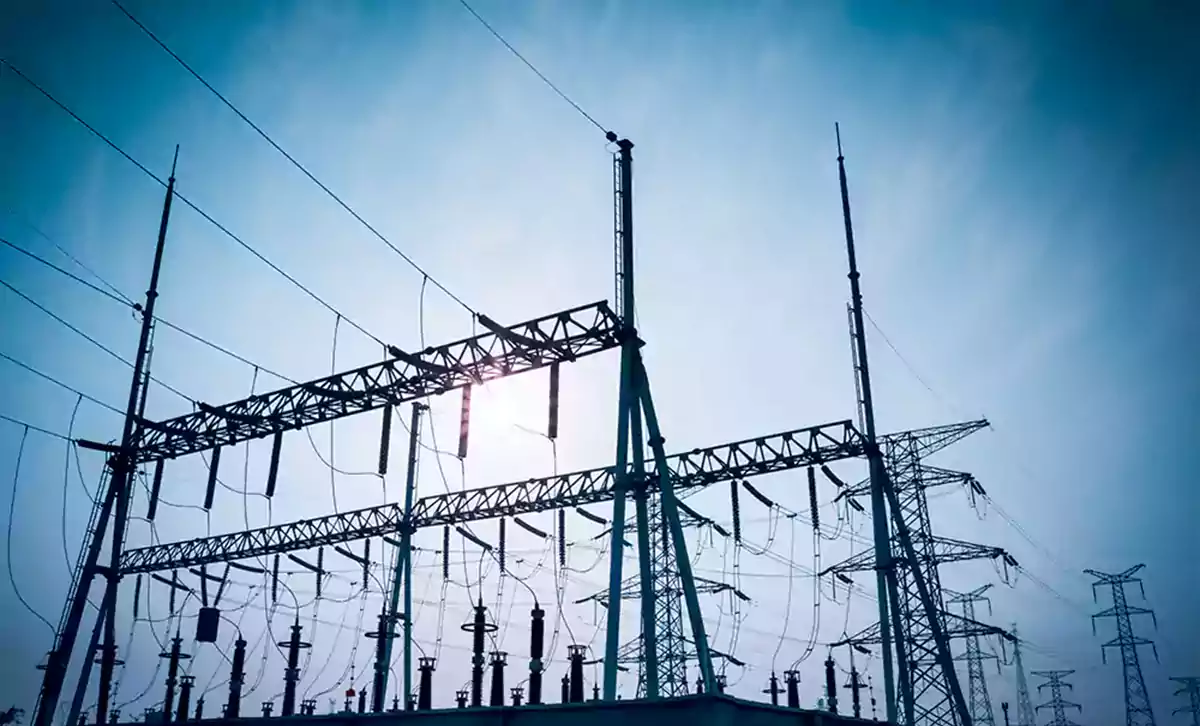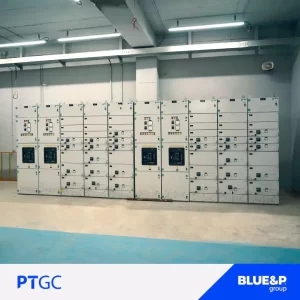As you know, power system engineering is a significant part of electrical engineering studies. This refers to the generation of electricity and its transmission with minimal losses. Power changes are often due to load changes or due to the presence of some disturbances.
Due to the reasons mentioned, the power system’s term stability is of great importance in this regard. To define the system’s ability, we can refer to the rapid return of performance to a steady state after any disturbance.
Since the twentieth century, all major power plants in the world have considered the AC system as the most efficient and cost-effective option for generating and transmitting electricity.
In power plants, several generators are connected to the bus simultaneously with the same frequency and phase sequence of the same generators. Therefore, in order to achieve sustainable performance, we must establish proper coordination between the crossings and with the manufacturers throughout the production and transmission period.
For this reason, the stability of the power system is referred to as concurrent stability. It is defined as the ability of the system to return to coordination after the disruption. To understand the concept of stability well, you must consider another factor, which is the limit of system stability.
Suppose you want to get acquainted with the stability limit. In that case, we can define the stability limit of the maximum power allowed to pass through a specific part of the system for which it is subject to the faulty line or faulty current.
Now that you understand the term power system stability let’s look at different types of stability.
Power system stability or simultaneous stability of a power system has different types depending on the nature of the disorder. Three types of these categories are:
- Steady-state stability.
- Transient stability.
- Dynamic stability.
Steady-State Stability of a Power System
Steady-state stability of a power system is defined as the ability of a system to return to its stable configuration after a minor network failure, such as when normal load fluctuations or the operation of an automatic voltage regulator occur.
Transient Stability of a Power System
The transient stability of a power system actually refers to the system’s ability to achieve a stable state after many disturbances in network conditions.
Dynamic Stability of a Power System
The dynamic stability of a system indicates the artificial stability of an inherently unstable system by automatic control. This is related to minor disorders. Disorders that last about 10 to 30 seconds.








